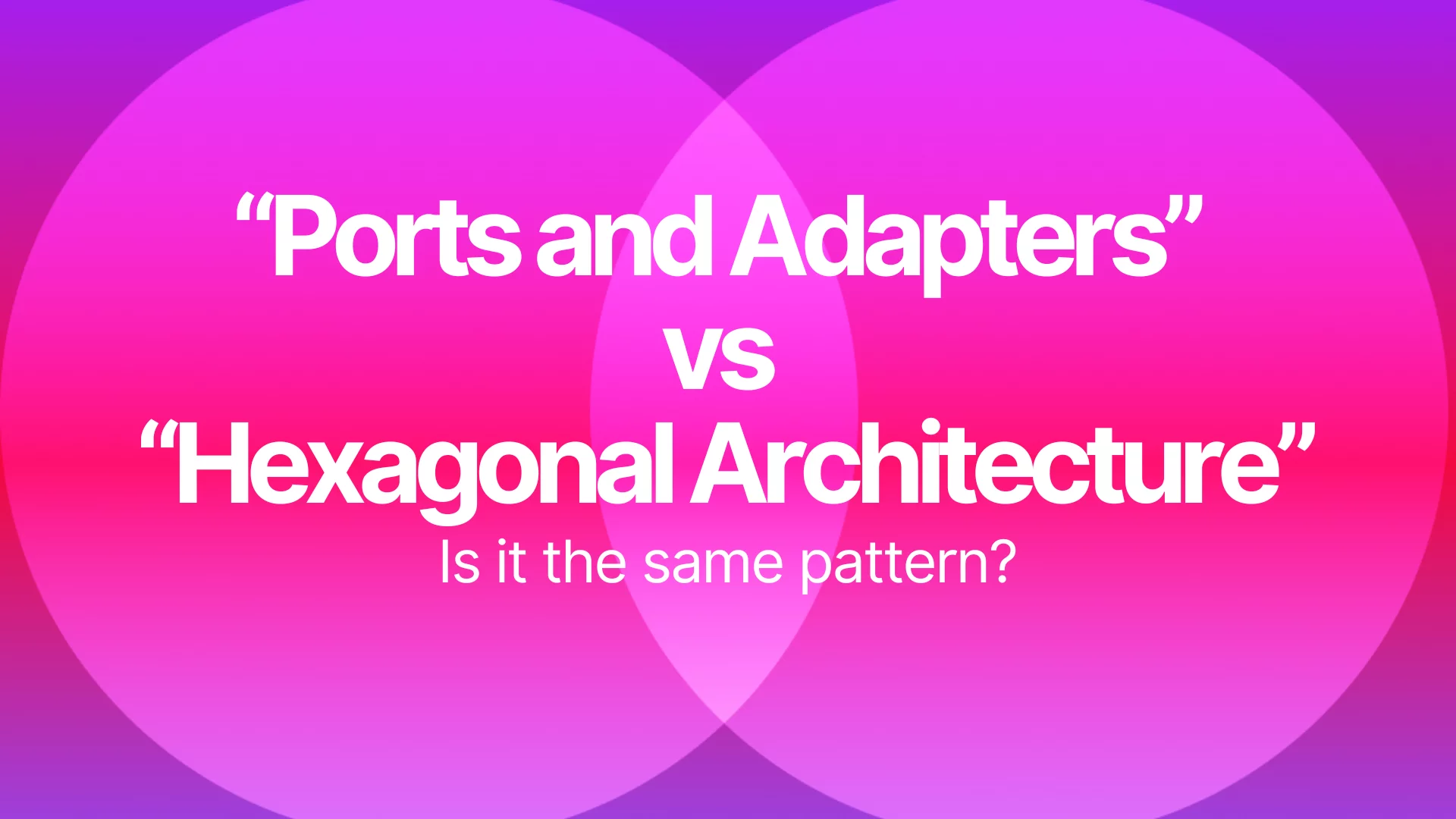
Get to Know the AfterRenderEffect
Angular 19 introduced a powerful new hook called afterRenderEffect, combining the capabilities of effect and afterRender into a single, efficient function. This makes it easier to manage side effects …
This is the place where you can learn Angular, discover best practices, explore advanced techniques, and stay updated with the latest news and trends.
Powered by House of Angular

Angular 19 introduced a powerful new hook called afterRenderEffect, combining the capabilities of effect and afterRender into a single, efficient function. This makes it easier to manage side effects …

Angular 19.2 introduces a range of improvements to enhance performance and usability when working with the framework. This version includes new features such as better resource management, support for …

“Hexagonal Architecture” emphasizes the idea of a core surrounded by multiple sides (like a hexagon, but the number of sides does not matter) representing different external systems (adapters), with …

Angular 19 was an amazing release and shipped great features. One of them is the LinkedSignal. The tl;dr version is that LinkedSignal is similar to the computed function, with …

Angular Material is a great tool for creating intuitive, responsive and visually appealing user interfaces. It offers pre-built, reusable UI components that adhere to Google’s Material Design guidelines. Since …

Services are an integral part of Angular applications, but should they be? Why do we call an object a service, and what are the consequences of doing so? In …

In modern web development, leveraging a backend-as-a-service (BaaS, often referred to as „backendless”) platform like Appwrite allows developers to focus more on crafting the user experience while minimizing backend …
The Angular team constantly introduces new features and tools to make development easier. One of these helpful tools is 'generators.’ These generators automatically update your code to the latest …
Consider User Interface (UI) as an independent standalone layer made of small and reusable blocks -> first class citizens of every Angular app. Such an approach is called Component …
I bet you’ve already heard/read about state management. If not, I bet again that you want your applications to be easier to maintain/extend. Of course, having state management in …